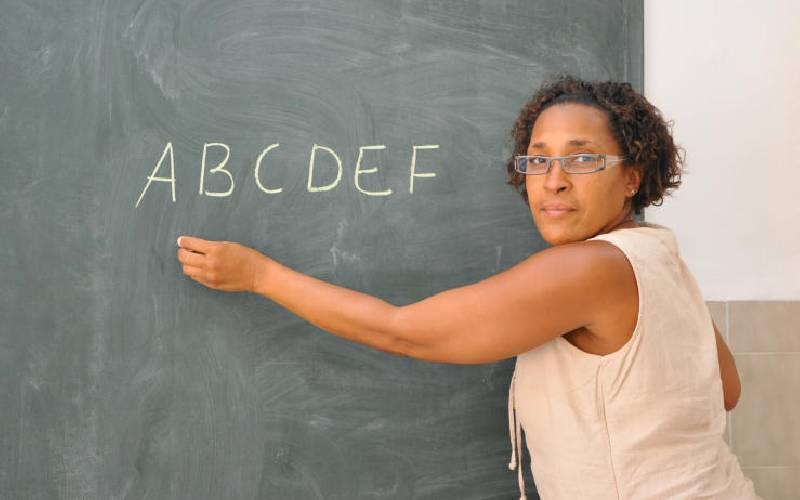×
The Standard e-Paper
Truth Without Fear

Classroom observation is one of the longstanding, old-age traditional techniques of holding a mirror to a teacher. To have them understand where they are in terms of their skills in not only delivering the curriculum, but also their classroom management, their differentiation techniques/abilities, etc.